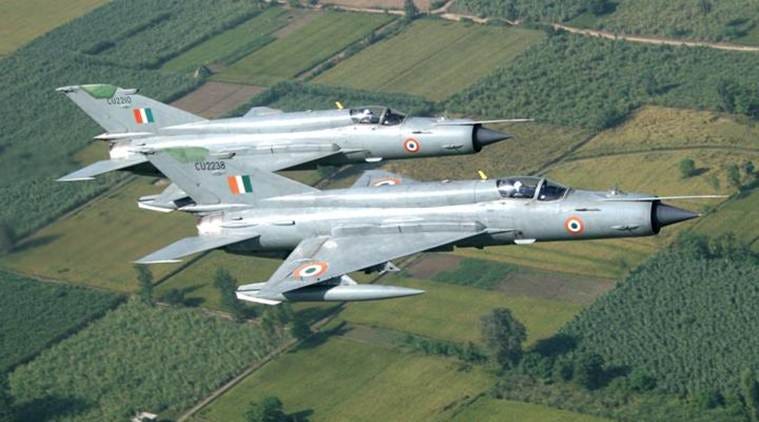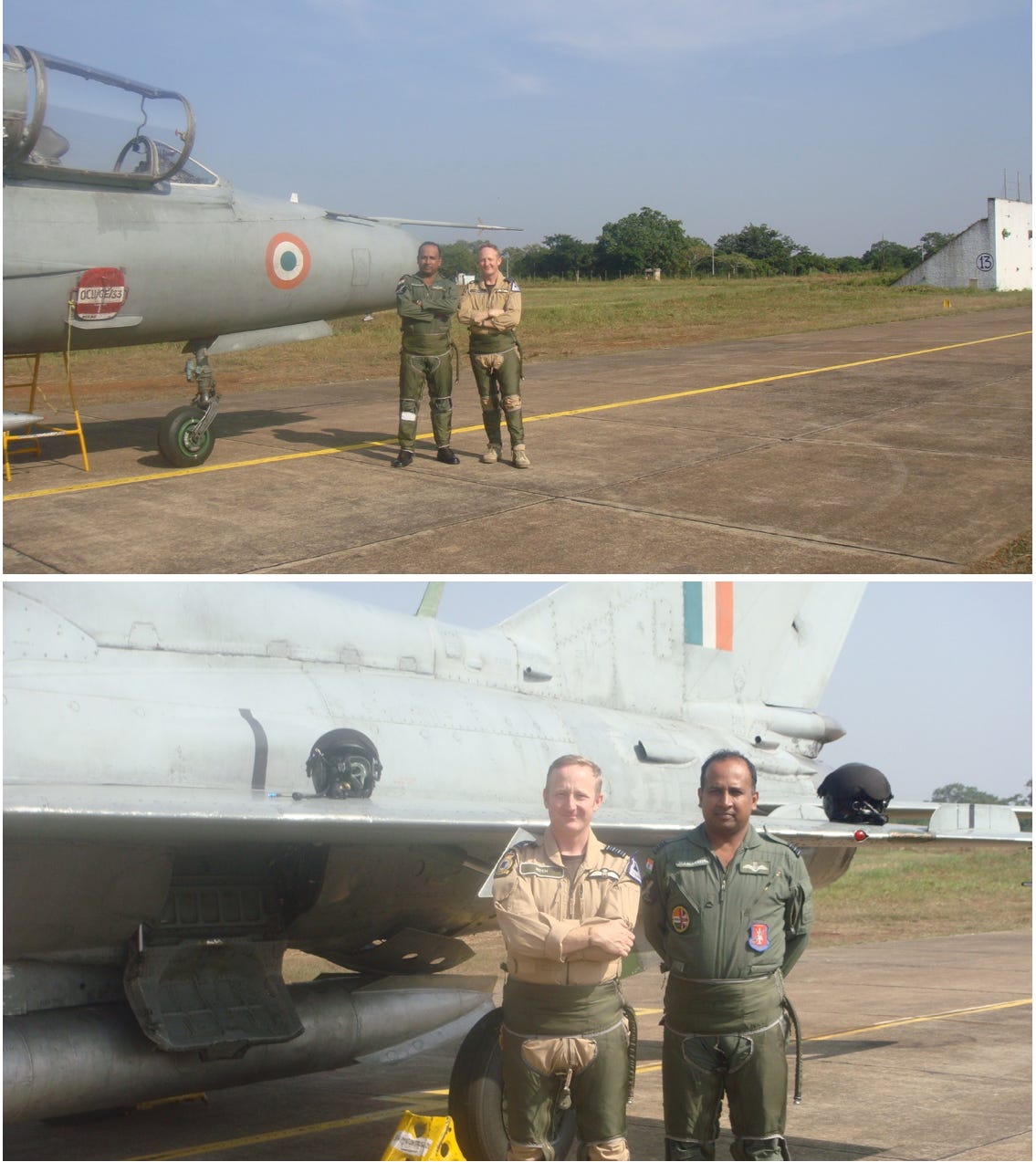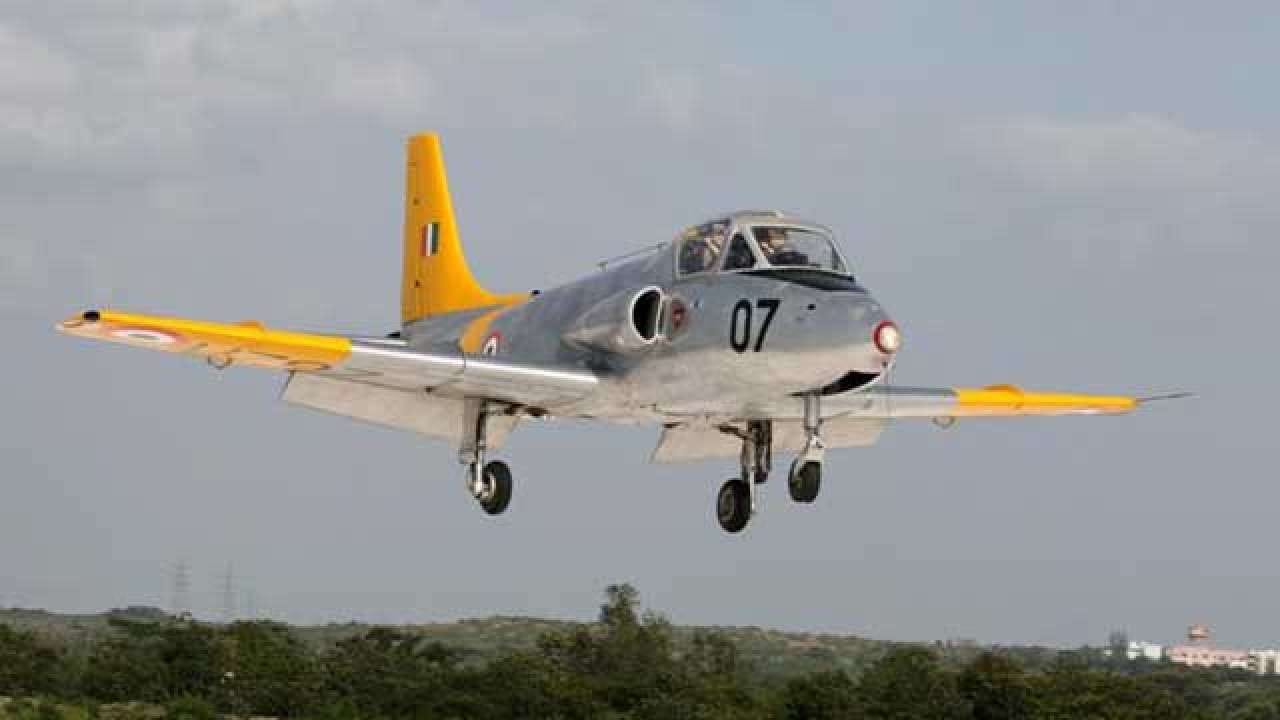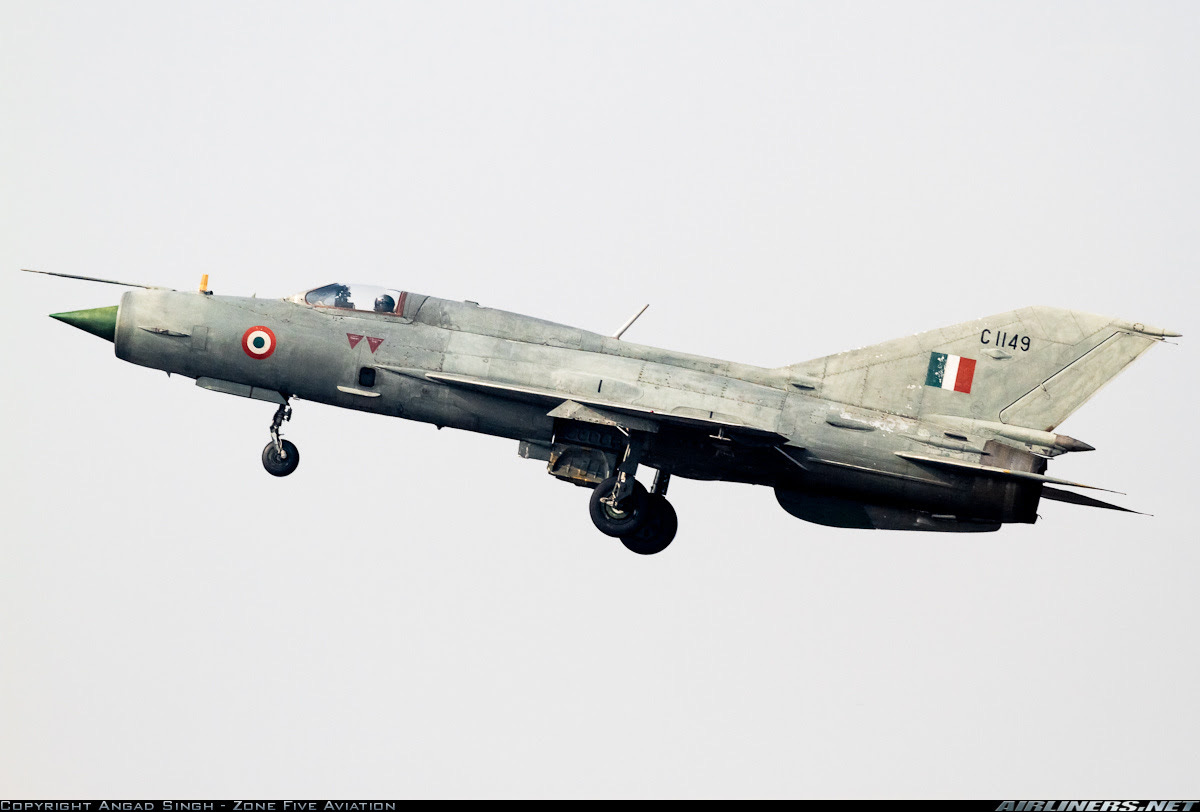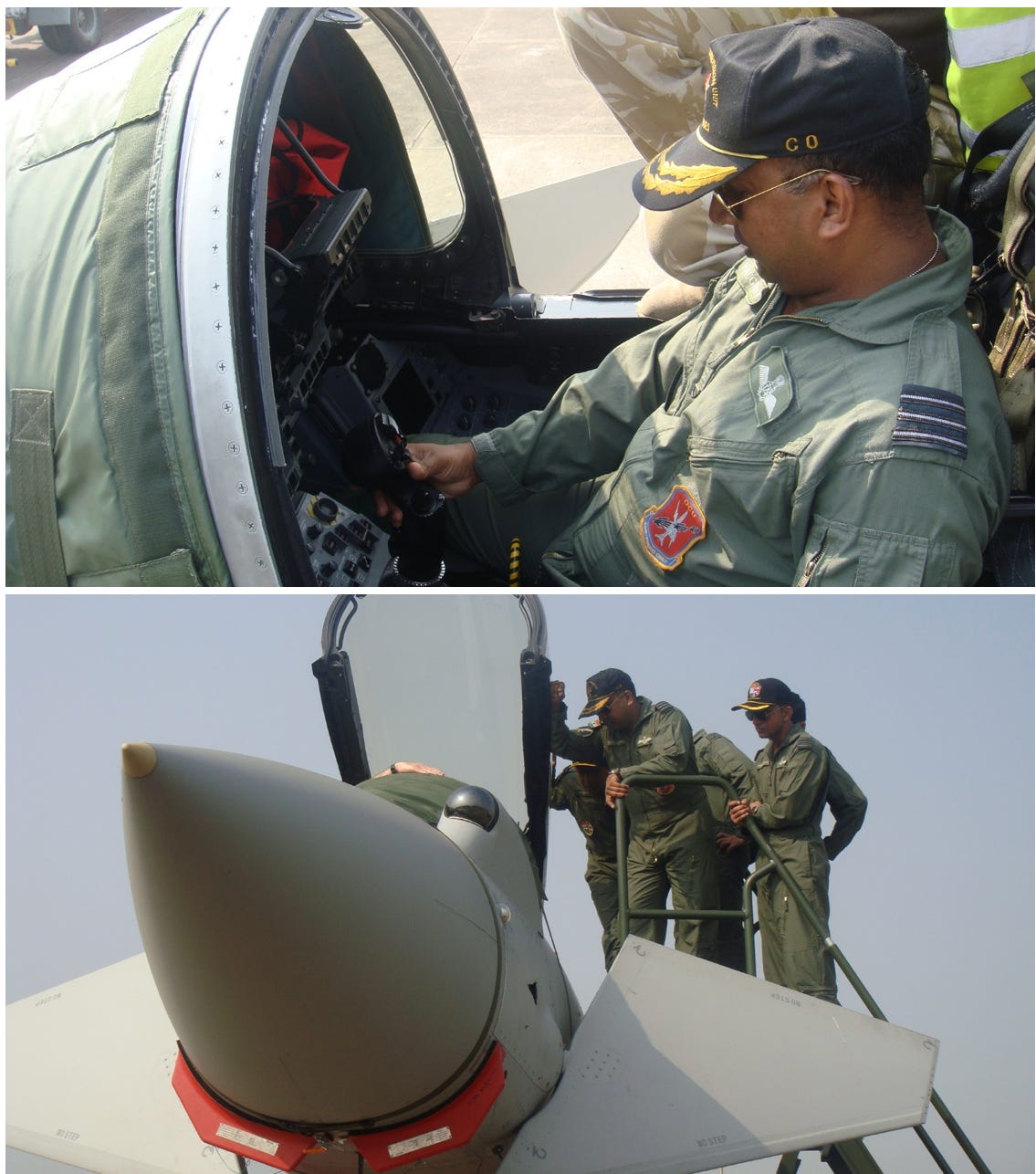Indian MiG-21 pilot interview
Indian Fishbed Pilot Shares Secrets of the Seventy Year-Old Supersonic Sword
“In the low-speed regime, Typhoon whizzed past in front of us like an arrow... and I wasn’t even manoeuvring. That’s when he probably realised the true meaning of man-machine combo.”
Despite first flying 70 years ago, the pugnacious MiG-21 remains in service in the Indian Air Force today. Fast, agile and brutally simple - the elderly Cold War fighter jet is still capable of biting complacent opponents, and even has some tricks up its sleeve that more sophisticated enemies cannot match. We spoke to Group Captain MJA Vinod (formerly of the Indian Air Force) about flying and fighting this lightweight Soviet rocket ship.
Which three words best describe the MiG-21?
“Fast, agile and extremely manoeuvrable.”
When did Indian procure the MiG-21, and where were you trained?
It was in 1961 that India acquired MiG-21s. I was trained here in India.
What were your first impressions of the MiG-21?
“I did my training in the Kiran (an Indian version of the British Jet Provost) Mk I and Mk II, by the time I came to fly the MiG-21 at the MiG Operational Flying Training Unit (MOFTU) I had about 250 hours of jet flying experience. Even then, the first thing that hits you is its speed. The speed at which things happen. I remember an incident very vividly; one of my course mates reached the top of a climb even before he had raised his undercarriage. Yeah! I was extremely lucky to fly MiG-21, especially a Type-77.”
What is the best thing about it?
“It’s a completely manual aeroplane, with very simple systems. If one masters it, this aircraft can manoeuvre better than most modern aircraft, provided it is flown by someone who has mastered the aircraft.”
“I once flew a DACT mission against two MiG-29s. I didn’t engage them in a turning fight. I kept my fight vertical and got two kills.”
And the worst thing?
Being a manual aircraft, safety needs to be observed, as it is not ensured by the inherent safety features and design features of a modern aircraft. In a MiG-21, being an older-generation aircraft, this thin line has been inadvertently transgressed by a few good men, and I lost some of my friends. This issue was corrected in the Midlife upgrade. MiG-21 Bison has good safety features.
How do you rate the MiG-21 in the following categories?
A. Instantaneous turn
“The MiG-21’s instantaneous turn has very little meaning in combat. Being a swept-back delta, the lift/per deg of angle of attack that she produces is not nothing to write home about.”
B. Sustained turn
“Being a delta planform, the drag that she generates as the angle of attack increases is high, so its sustained turn rate (compared to any modern-day fighter) is not very high either. Despite this, she is able to outmanoeuvre modern fighters, how? That is an interesting question.”
C. High alpha
“Oh! The MiG-21 can achieve very high alpha, significantly higher than that of any modern fighter. This is because modern-day fighters have systems that prevent the pilot from reaching very high alpha. As they reach very high alpha, protection measures kick in and limit them. I used this feature later in life to take the MiG-21 to a very low speed and watched a Eurofighter Typhoon shoot past me.”
D. Acceleration
“Indian MiG-21 has something called an emergency power reserve (EPR) aka second reheat. With EPR, she accelerates much faster. I recall conducting a DACT (dissimilar air combat training) exercise with another fighter (I wouldn’t like to name him) and being a superior pilot. He was supposed to demonstrate his acceleration to me; little did he know
Keep reading with a 7-day free trial
Subscribe to Hush-Kit Aviation Newsletter to keep reading this post and get 7 days of free access to the full post archives.

